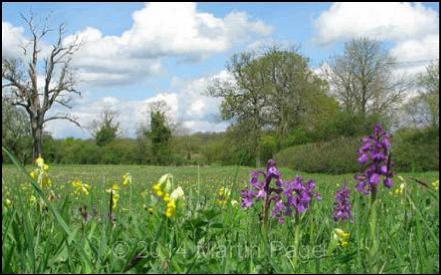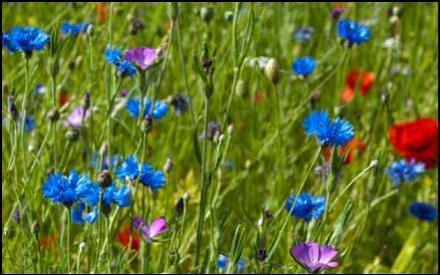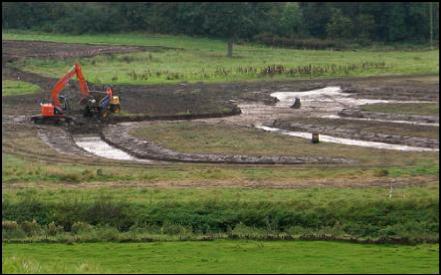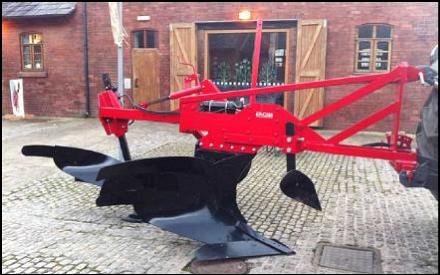Fifty years of intensive agriculture has meant that old, species-rich meadows are now a rarity in the British Isles. Recreating these meadows is not easy, because in most cases the soil conditions are no longer suitable for the original plants. However, with the correct advice it is possible to create species-rich habitats that have considerable value for wildlife and, in time, will go someway to replacing these meadows.
The secret with habitat restoration is either to use plants that are suitable for the prevailing soil conditions, or more rarely, to find a way to change the soil conditions. One of the ways to achieve this is to use a special plough, which can invert the less fertile sub-soil so that it ends up lying on top of the more fertile top-soil. Attractive annual species, such as corncockle and poppies can be used while the perennial species are becoming established.




